Doctor Reveals 5 Most Common Diet Mistakes You Are Making While on Ozempic

Are you on Ozempic or another GLP-1 weight loss drug but aren't making the progress you hoped for? You might be making a common diet mistake, one doctor claims. Aliza Olive, MD, co-founded Med Free Maintenance and is a GLP1 weight loss and taper-off nutrition expert. In a new social media post, she discusses ways you could be sabotaging weight loss while on a weight loss drug. "The 5 most common mistakes women on GLP-1 injections make with protein that are holding them back from losing body fat," she writes.
Most Women on GLP-1s Are Making a Few Common Mistakes

"Does hitting your daily protein goal feel like trying to climb a mountain ⛰️ … wearing flip-flops?" she asks. "You're not alone. Most women on GLP-1s are making these 5 very fixable mistakes that are keeping them from reaching their protein potential. Let's break it down."
Choosing Salad Over Steak
The first mistake? "Choosing the salad over the steak," she says. "Yes, greens are great, but they won't help you preserve muscle or stay full like a protein-packed meal will."
Here's how to fix it, according to Dr. Olive. "Build your meals around a protein base (chicken, steak, fish, tofu) FIRST," she says.
Eating Too Little at a Time
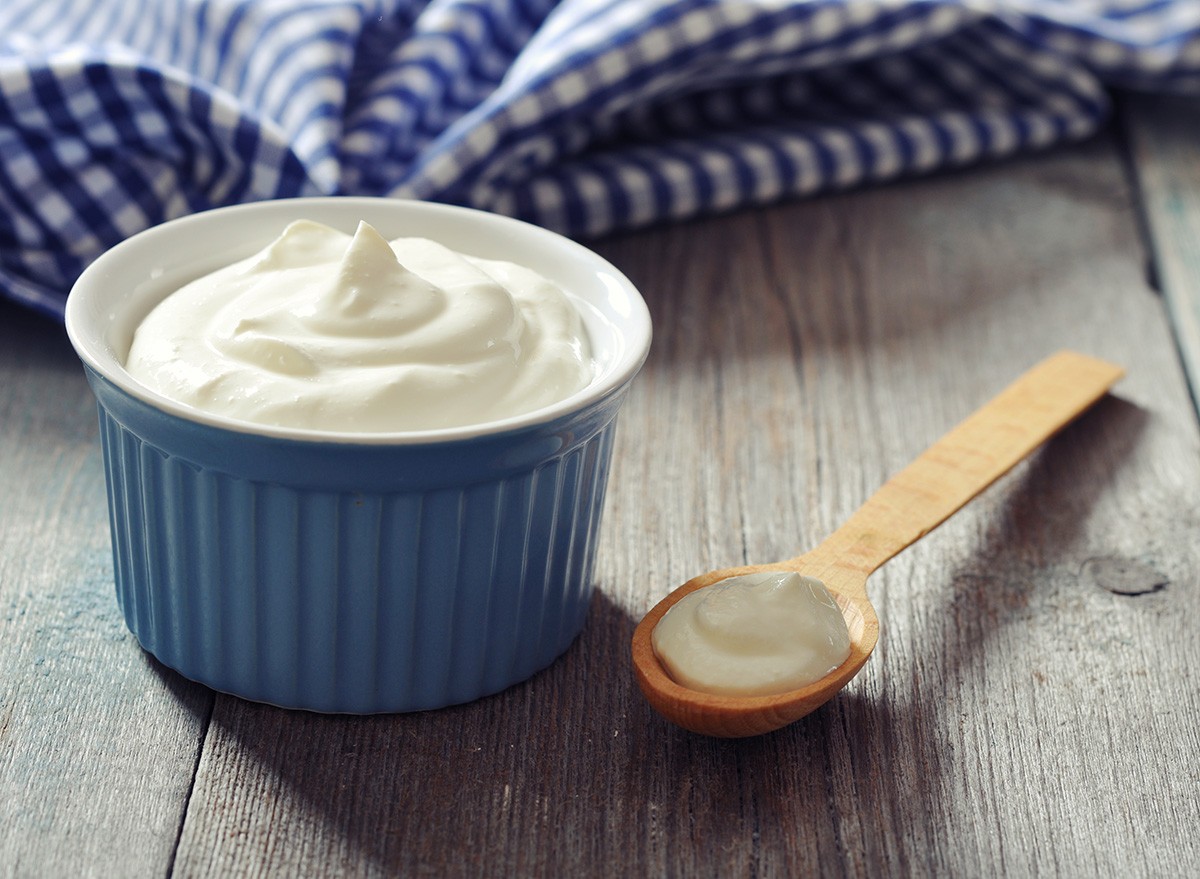
The second mistake? Eating too little at a time. "1-2 eggs or a single cup of yogurt isn't cutting it, sis," she says. To fix it, "Think bigger servings. Go for 5-6 oz of chicken instead of 3, or 2 cups of Greek yogurt instead of 1."
Trying to Get Protein From Too Many Sources
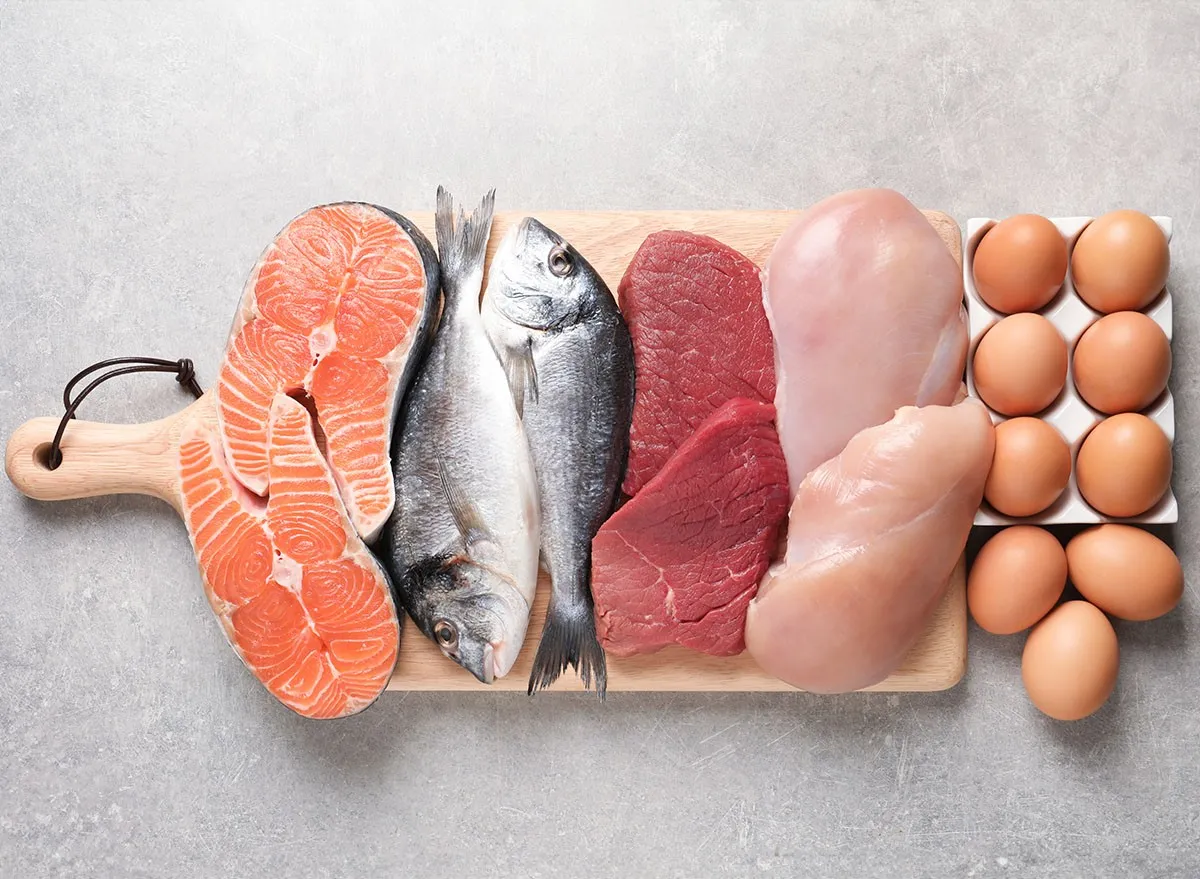
Mistake three is trying to get protein from too many sources. "A little here, a little there… it adds up, but it's WAY more work," she says. The fix? "Stick with more of one source instead of juggling multiple."
Falling for "High Protein" Masketing
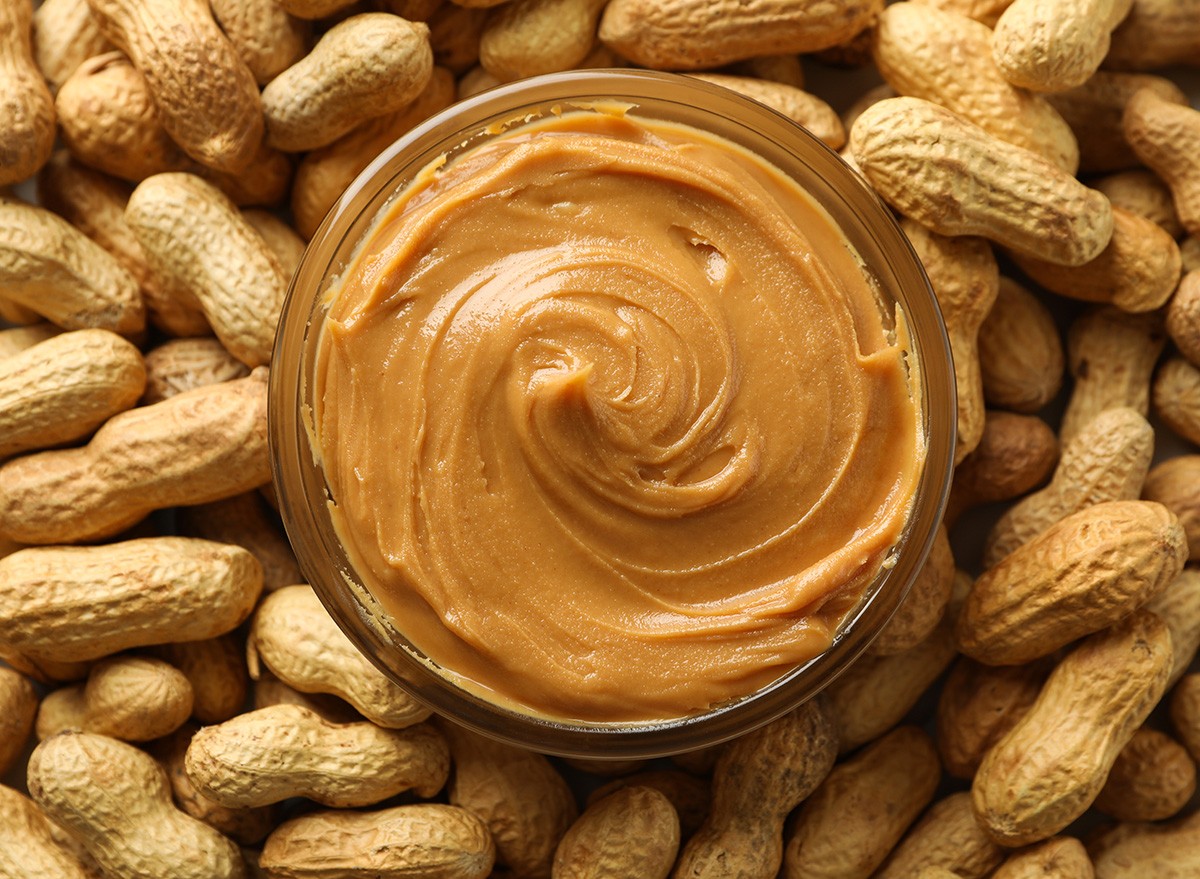
Another common mistake? Falling for "high protein" marketing. "Trail mix and peanut butter? They're mostly fat. Just cause the label says high protein, just means it's slightly higher than the alternative," she says. "Read labels! Protein should be 30g+ per meal. Bonus: look for low sugar too."
Skipping Fiber with Protein
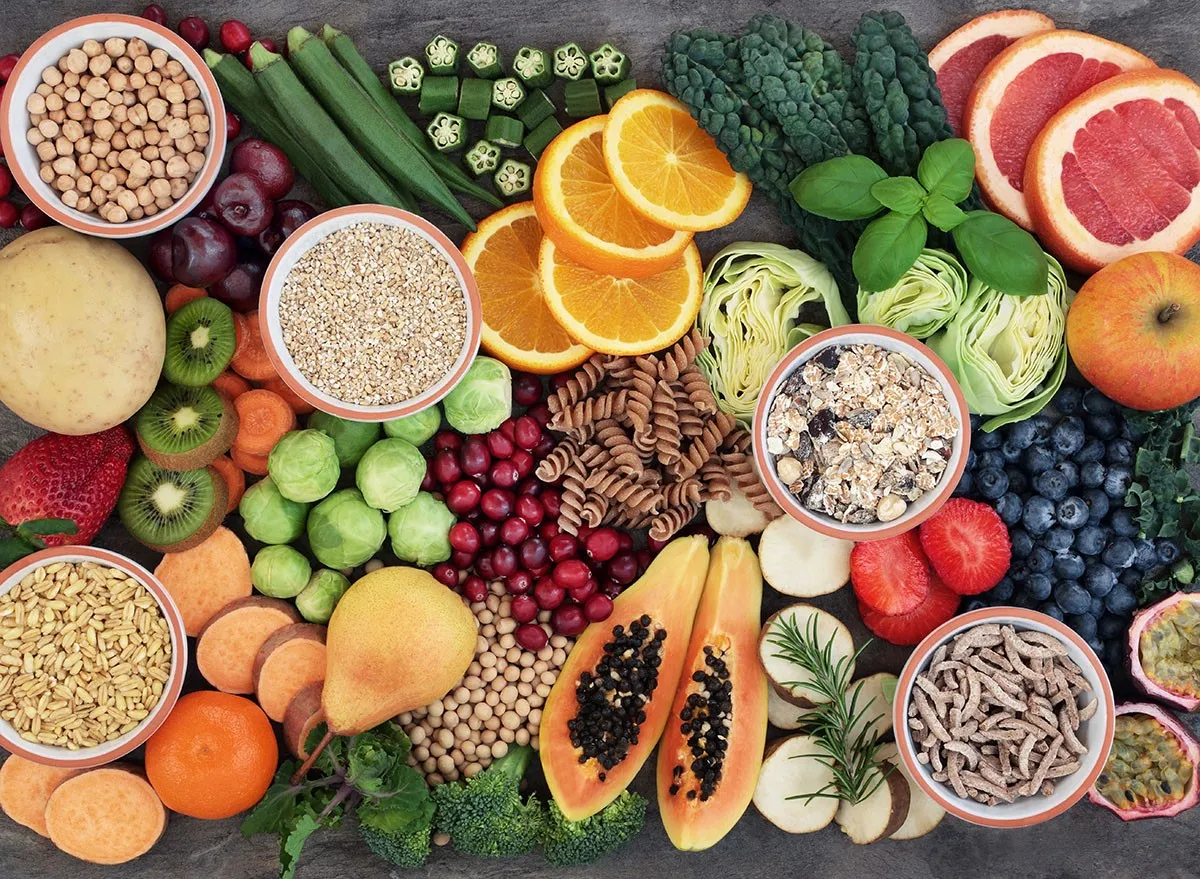
The final mistake is skipping fiber with your protein. "Fiber + protein = the ultimate hunger-crushing duo," she says. "Pair high-protein meals with fiber-rich veggies or whole grains for maximum fullness and metabolism support."
More Protein Tips
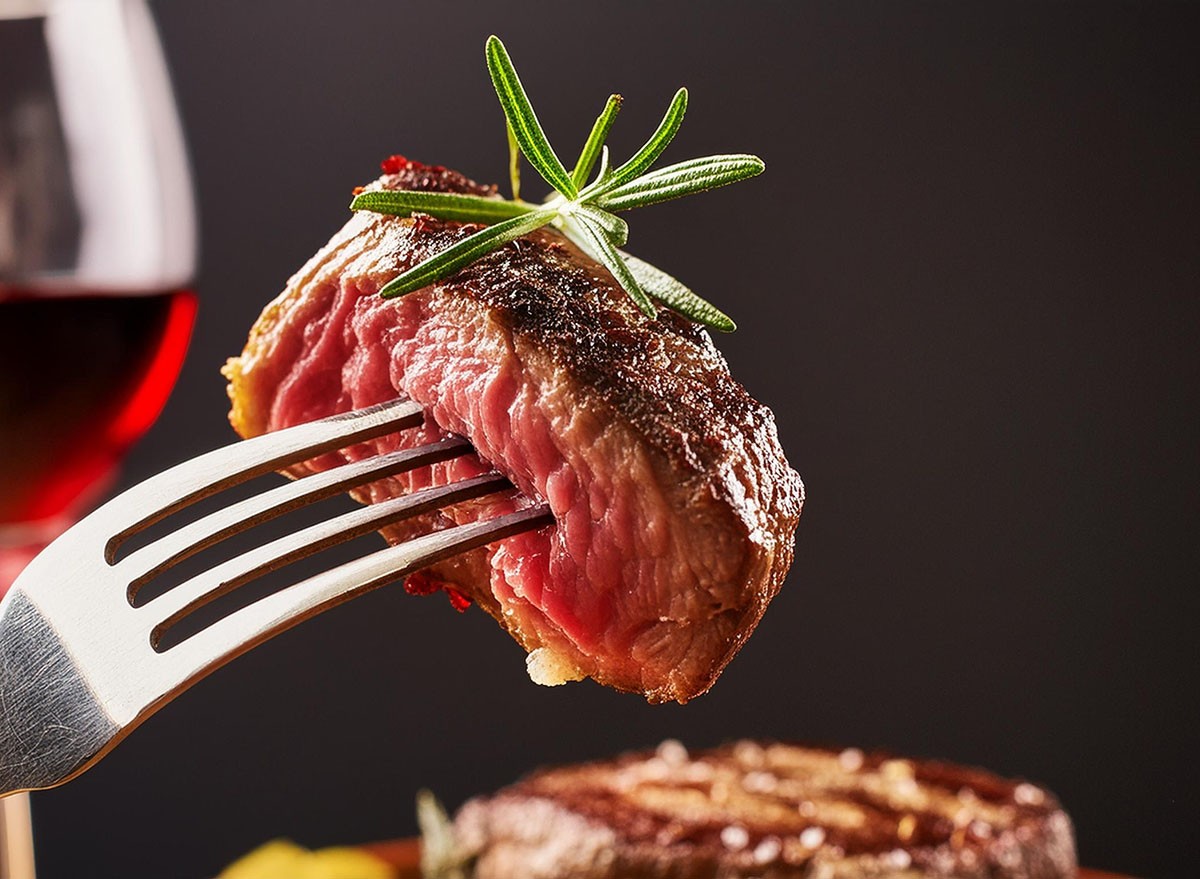
She also offers a few protein tips.
- Aim for 0.8-1g of protein per pound of goal body weight.
- Start small: try 100g/day and build from there.
- Use simple swaps and easy hacks to hit your goals: rotisserie chicken, deli meat, Greek yogurt, jerky, or even a protein shake.
Protein Is Fat-Burning Fuel

"Think of protein as the fuel for your fat loss engine," she adds. "Skip it, and you'll stall out. Nail it, and you'll cruise toward your goals with way less hunger, fatigue, or muscle loss." And if you enjoyed this article, don't miss I'm a Nutritionist and Here Are 25 Weight Loss Truths You Need to Hear.




